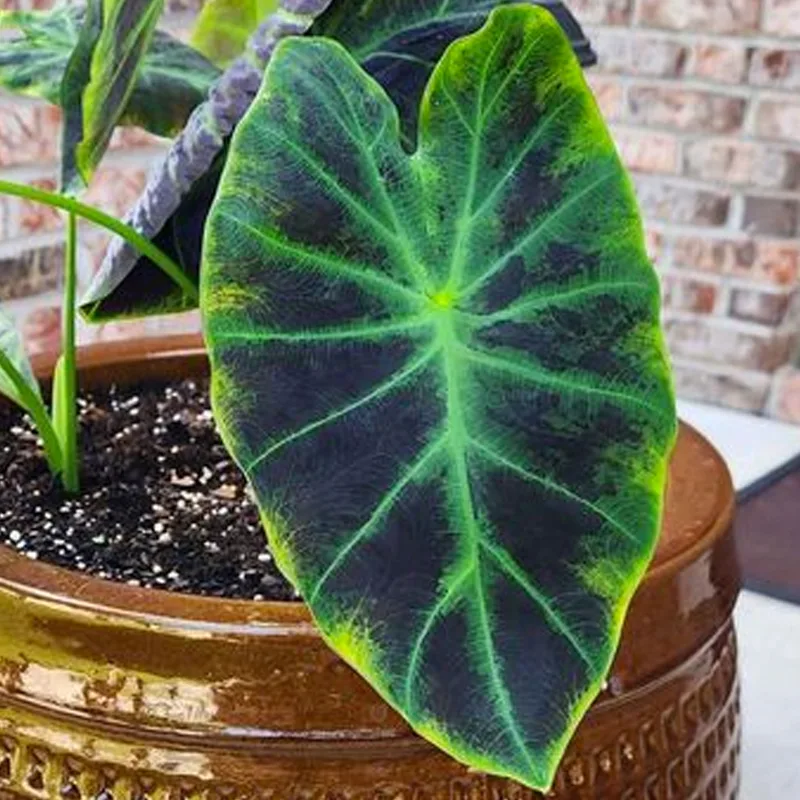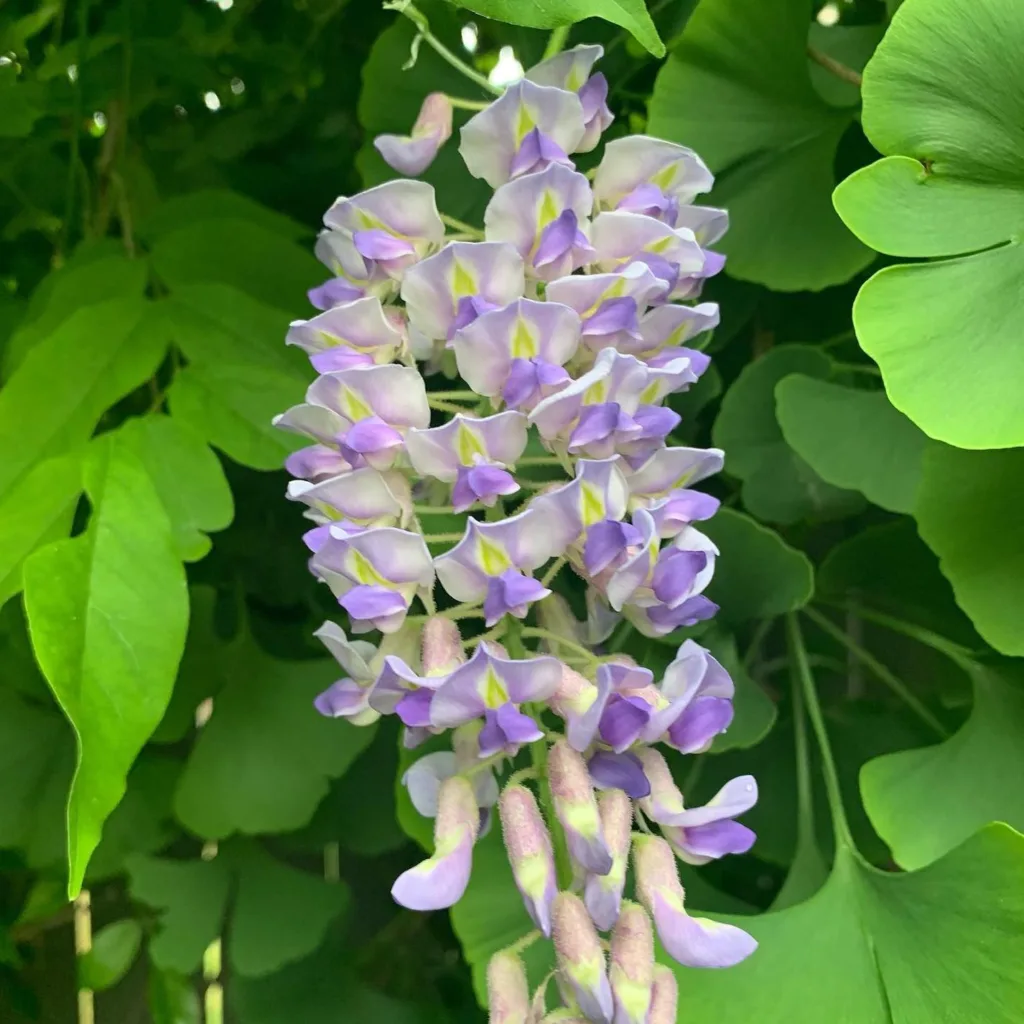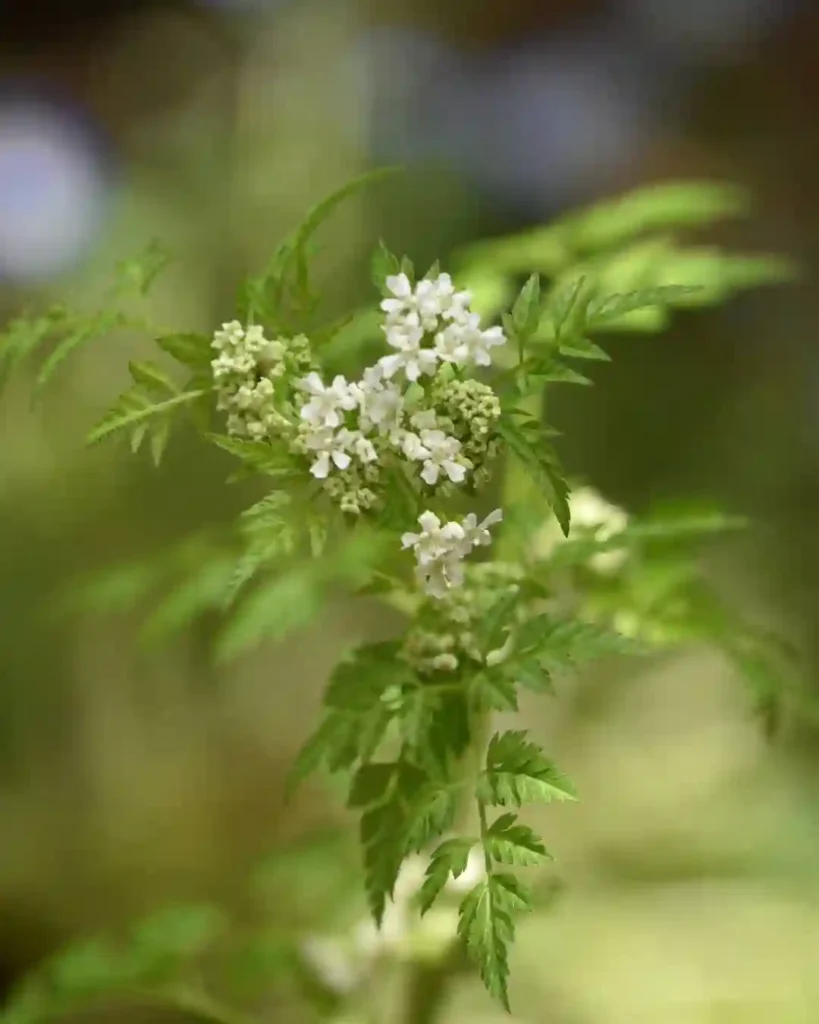Exploring the Gisekiaceae Family: A Dive into Gisekia
As a plant enthusiast, I always seek to broaden my knowledge of various plant families. Recently, my fascination has led me to the Gisekiaceae family, particularly the genus Gisekia. This family, though not as widely known as others, showcases unique characteristics and adaptations that are intriguing to explore.
What is the Gisekiaceae Family?
The Gisekiaceae family is a small family of flowering plants that primarily includes the genus Gisekia. This family belongs to the order Cucurbitales. One of the most striking aspects of Gisekiaceae is its limited distribution; these plants are typically found in regions with a tropical climate, particularly in parts of Africa and the Americas. The adaptability of Gisekia species to their environments is fascinating, and it speaks volumes about their evolutionary journey.
Characteristics of Gisekia
Gisekia plants are typically characterized by their herbaceous nature. They can grow as annuals or perennials, depending on the species and environmental conditions. One of the first things that caught my eye about Gisekia is their leaves. The foliage often features a distinctive shape, varying from broad to narrow, with margins that can be smooth or serrated. The unique leaf structure allows them to efficiently capture sunlight, which is crucial for photosynthesis.
Additionally, the flowers of Gisekia plants are another highlight. They are often small and can be quite attractive, making them appealing to pollinators. In my experience, the bright colors of Gisekia flowers can draw in a variety of insects, which is essential for their reproduction. Observing this natural interaction in a garden setting can be incredibly rewarding.
Growing Gisekia: Tips and Insights
If you are considering adding Gisekia to your plant collection, there are a few things to keep in mind. Based on my experiences, Gisekia plants thrive in well-draining soil with a good amount of organic matter. They prefer a sunny location, but some species can tolerate partial shade.
One challenge I faced when growing Gisekia was managing their water needs. While they require consistent moisture, overwatering can lead to root rot. Therefore, I recommend monitoring soil moisture levels closely, especially during hot months. Using a moisture meter can help ensure you’re providing just the right amount of water.
Fertilization is also crucial. I found that using a balanced, water-soluble fertilizer during the growing season promotes healthy growth and vibrant flowers. Generally, I apply fertilizer every four to six weeks, which seems to work well.
Ecological Importance of Gisekia
Understanding the ecological role of Gisekia is equally important as cultivating it. These plants can serve as ground cover in their native habitats, helping to prevent soil erosion. Their presence contributes to the overall biodiversity of the region, providing habitats and food for various organisms. In my observation, gardens featuring Gisekia attract numerous beneficial insects, which can help pollinate other plants in the area.
Moreover, some species within this genus have been used in traditional medicine. While I have not personally researched this aspect extensively, it’s worth noting that many cultures utilize local flora for medicinal purposes. Gisekia’s potential in this realm could be an area for further exploration, blending botany with ethnobotany.
Challenges Facing Gisekia
Despite their beauty and ecological benefits, Gisekia faces challenges, particularly from habitat destruction and climate change. As urban development expands, many natural habitats are being altered or lost. This not only affects Gisekia but also the myriad of species that rely on these plants.
In my own gardening journey, I’ve witnessed how climate variations can impact plant health. Droughts can stress Gisekia plants, making them more susceptible to pests and diseases. It’s essential for gardeners to be aware of these challenges and adapt their practices accordingly. Implementing sustainable gardening practices, such as rainwater harvesting or companion planting, can contribute positively to the health of Gisekia plants and their environments.
Conclusion: Embracing Gisekia
Exploring the Gisekiaceae family, specifically the genus Gisekia, has opened my eyes to the beauty and complexity of lesser-known plant families. Whether you are a seasoned gardener or just starting, Gisekia offers a unique opportunity to connect with nature. Their distinctive characteristics and ecological roles are reasons enough to appreciate and cultivate these remarkable plants.
As I continue my botanical journey, I look forward to discovering more about Gisekia and sharing my experiences with fellow plant enthusiasts. If you’re intrigued by this family, I encourage you to explore and, perhaps, consider adding a Gisekia plant to your collection. You might just find a new favorite!
If i die, water my plants!



